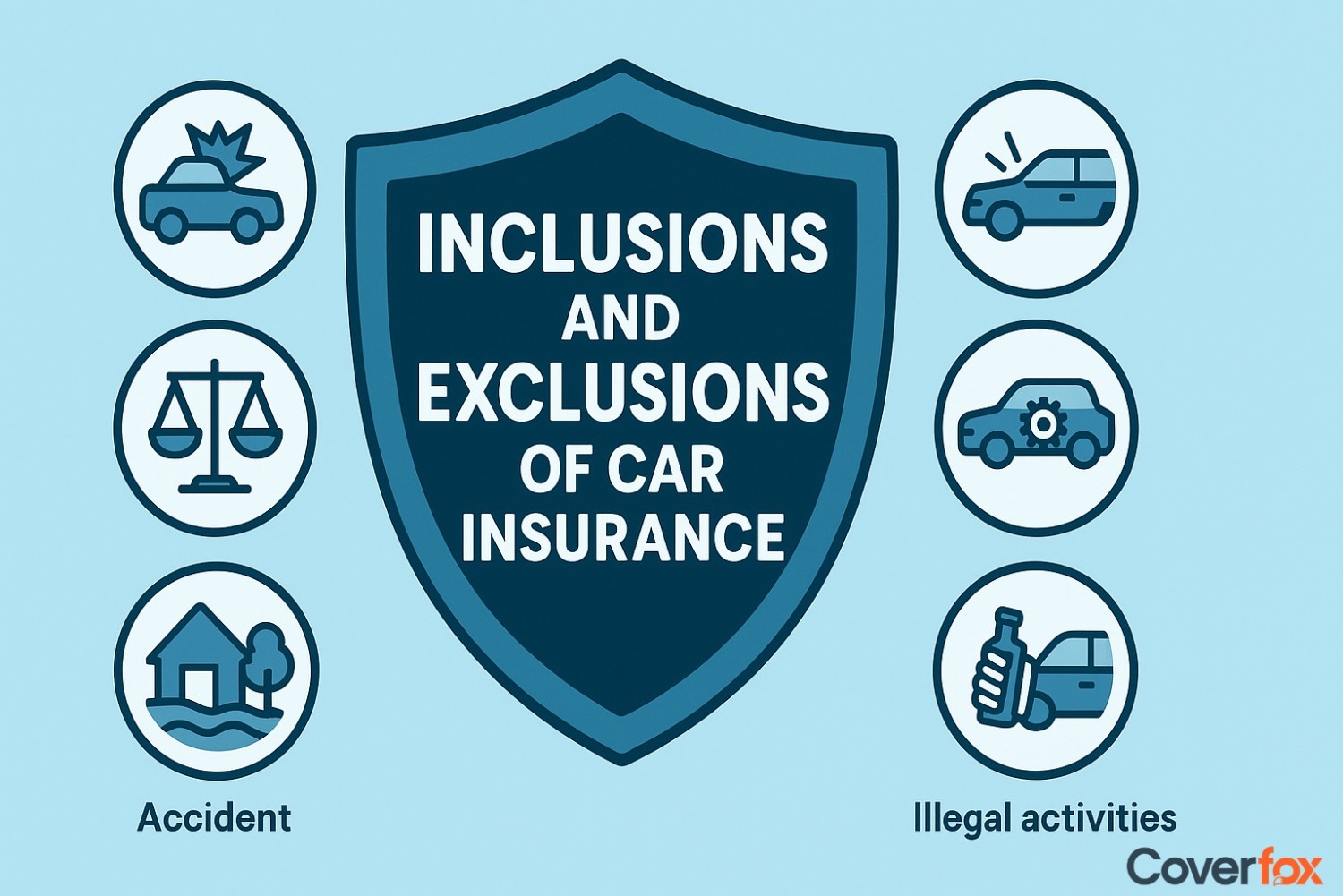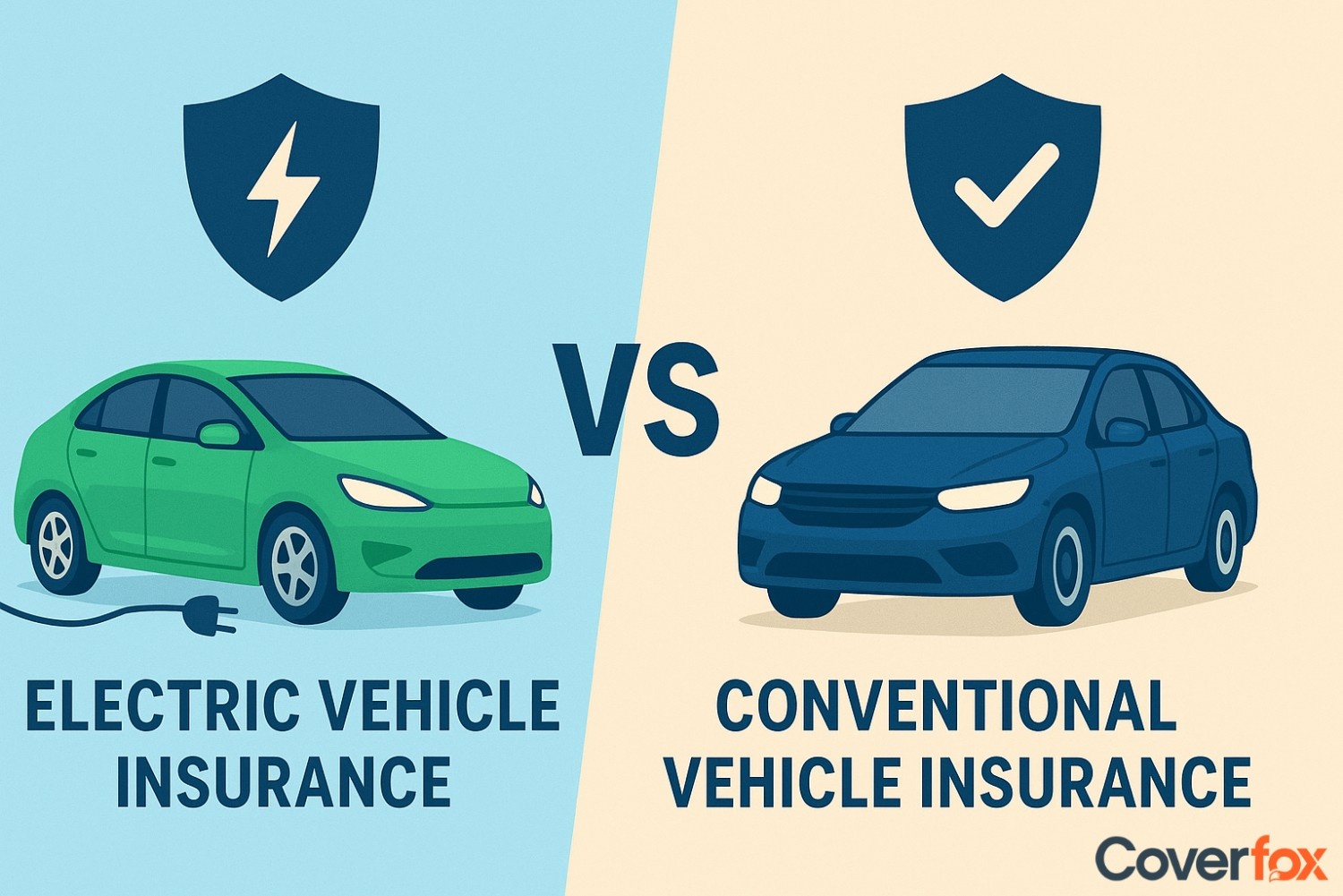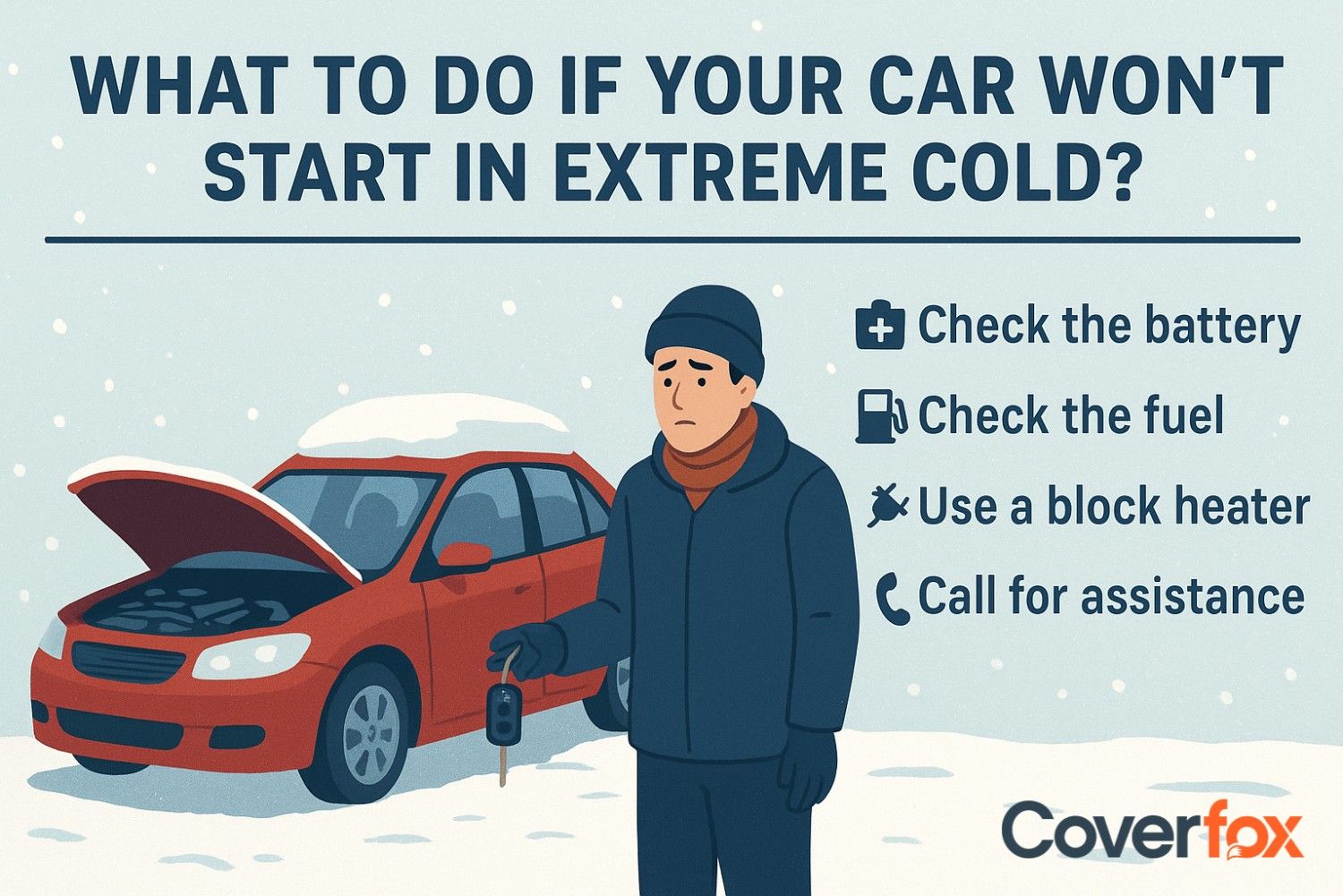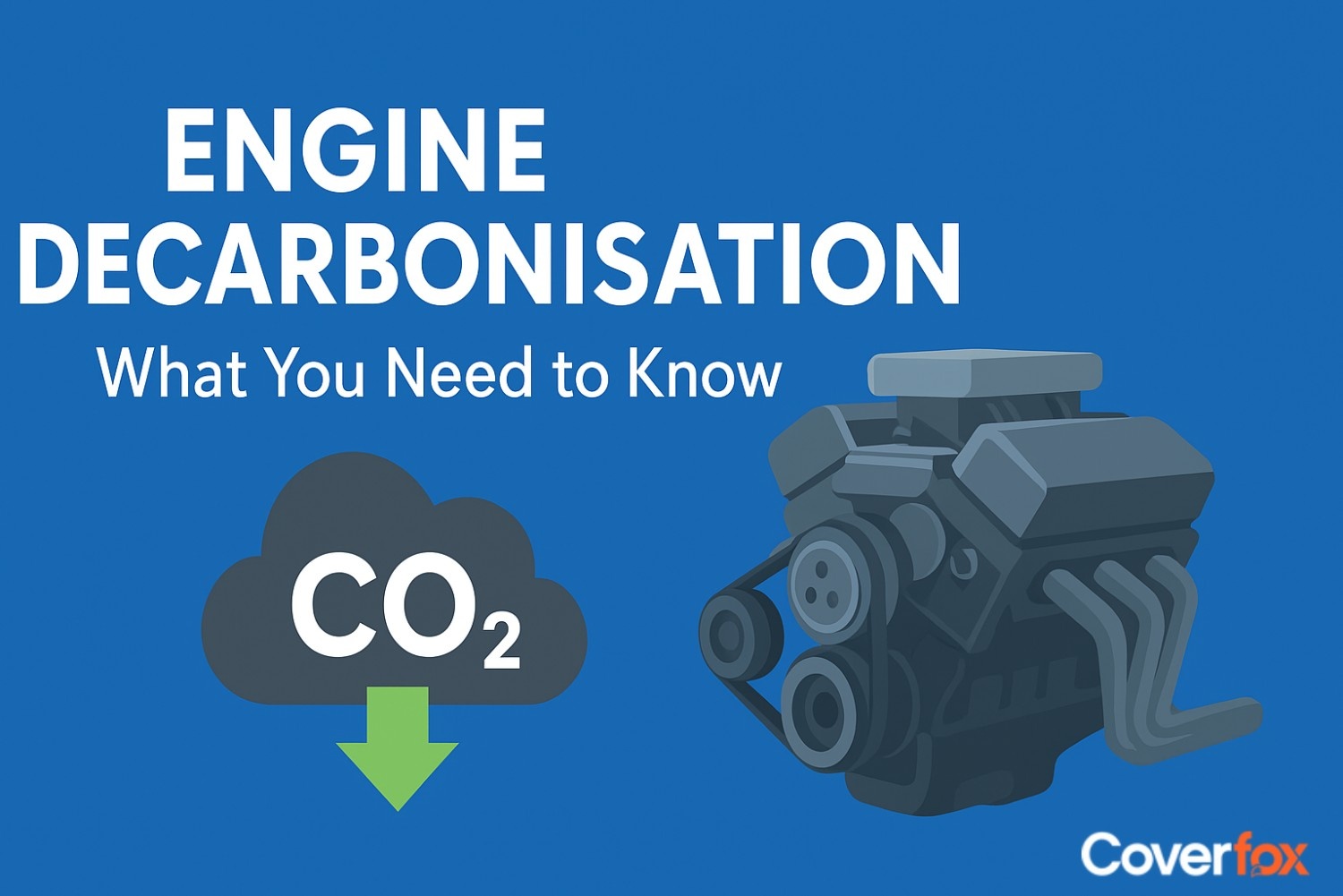This article explores whether car insurance covers rat damage, focusing on comprehensive coverage, exclusions, prevention tips, and filing claims, helping car owners understand and protect their vehicles effectively.

Rats are a common problem for car owners, especially in urban areas. These pesky rodents can cause significant damage to your vehicle, leaving you with a hefty repair bill. But does your car insurance cover rat damage? In this article, we’ll explore the ins and outs of rat damage coverage in car insurance and how you can protect yourself from these furry vandals
What is Rat Damage?
Rat damage refers to any damage caused to your vehicle by rodents, such as rats, mice, or squirrels. These critters can chew through wires, hoses, and other components of your car, causing malfunctions and potentially leaving you stranded on the side of the road.
How Common is Rat Damage in Cars?
Rat damage in cars is more common than you might think. According to a survey by the American Automobile Association (AAA), 1 in 5 car owners have experienced rodent damage to their vehicles. And with the increasing urbanization and rat populations in cities, this number is only expected to rise.
Does Car Insurance Cover Rat Damage?
The answer to this question is not a simple yes or no. It depends on the type of car insurance you have and the specific coverage options you’ve chosen.
Comprehensive Insurance
Comprehensive insurance is the only type of car insurance that covers rat damage. This type of insurance covers damage to your vehicle that is not caused by a collision, such as theft, vandalism, and natural disasters.
Rat damage falls under the category of “other than collision” damage, making it eligible for coverage under comprehensive insurance. However, it’s important to note that not all comprehensive insurance policies cover rodent damage. Some may have exclusions for rodent damage, so it’s essential to review your policy carefully.
Own Damage Car Insurance
Own damage car insurance is a type of insurance that covers damage to your own vehicle, regardless of who is at fault. This type of insurance is mandatory in most states and is typically included in comprehensive insurance policies. If you have own damage car insurance, you may be covered for rat damage to your vehicle. However, as mentioned earlier, it’s crucial to review your policy to ensure that rodent damage is not excluded.
How to Protect Yourself from Rat Damage
While comprehensive insurance can provide coverage for rat damage, it’s always better to prevent it from happening in the first place. Here are some tips to protect yourself from rat damage:
Rodent Exclusion
Rodent exclusion refers to the process of sealing off any entry points in your vehicle that rodents can use to get inside. This includes gaps in the engine compartment, vents, and other openings. You can use materials such as steel wool, wire mesh, or expanding foam to seal these gaps.
Regular Maintenance
Regularly inspecting and maintaining your vehicle can also help prevent rat damage. Check for any signs of rodent activity, such as chewed wires or nests, and address them immediately. Keep your car clean and free of food debris, as this can attract rodents.
Park in a Garage
If possible, park your car in a garage or enclosed area. This can significantly reduce the chances of rodents getting into your vehicle.
How to File a Claim for Rat Damage
If you do experience rat damage to your vehicle, here’s how you can file a claim with your car insurance provider:
- Take photos of the damage and any evidence of rodent activity, such as chewed wires or nests.
- Contact your insurance provider and inform them of the damage.
- Provide any necessary documentation, such as your insurance policy and repair estimates.
- Follow the claims process outlined by your insurance provider.
Compare Car Insurance Online
If you’re in the market for car insurance, it’s essential to compare policies and coverage options from different providers. This can help you find the best coverage for your needs at a competitive price. There are many online tools and resources available to help you compare car insurance policies. These tools allow you to enter your information and receive quotes from multiple providers, making it easier to find the right coverage for your budget.
Real-Life Examples of Rat Damage Coverage
Here are some real-life examples of how car insurance providers handle rat damage claims:
State Farm
State Farm is one of the largest car insurance providers in the US. They offer comprehensive insurance policies that cover rodent damage. However, they do have a $250 deductible for rodent damage claims.
Geico
Geico is another popular car insurance provider that offers comprehensive insurance with coverage for rodent damage. However, they do have a $500 deductible for rodent damage claims.
Progressive
Progressive also offers comprehensive insurance with coverage for rodent damage. However, they have a $100 deductible for rodent damage claims.
Who is Responsible for Rat Damage?
Determining who is responsible for rat damage can be a tricky situation. In most cases, it’s considered an “act of nature” and is not the fault of the car owner. However, if the damage was caused by negligence, such as leaving food in the car, the car owner may be held responsible.
In Conclusion
Rat damage in cars is a common problem that can leave car owners with a hefty repair bill. While comprehensive insurance can provide coverage for this type of damage, it’s always better to prevent it from happening in the first place. By following the tips outlined in this article, you can protect yourself from rat damage and ensure that you have the right coverage in case it does occur. Remember to regularly review your car insurance policy and compare coverage options to ensure that you have the best protection for your vehicle.





